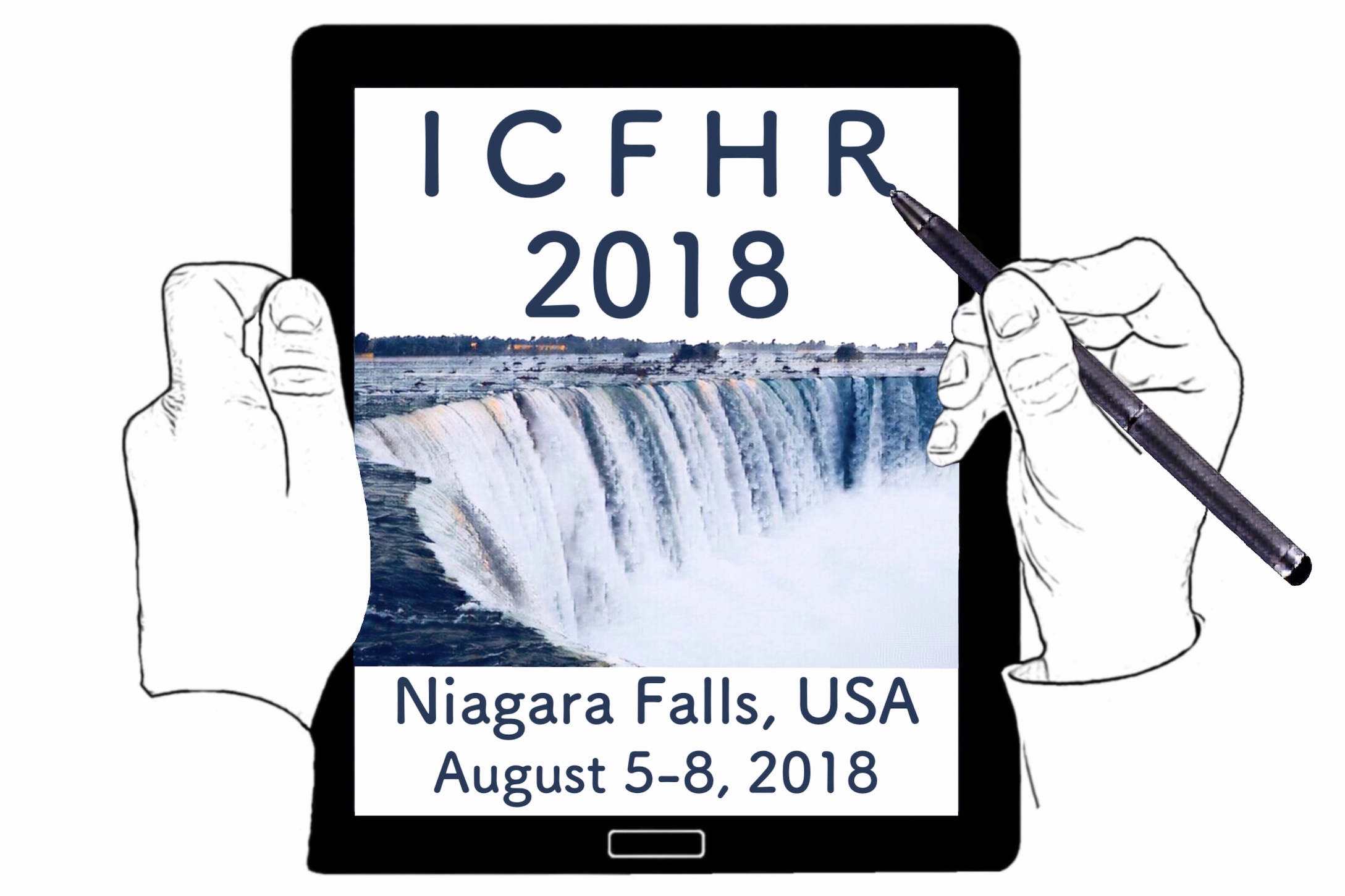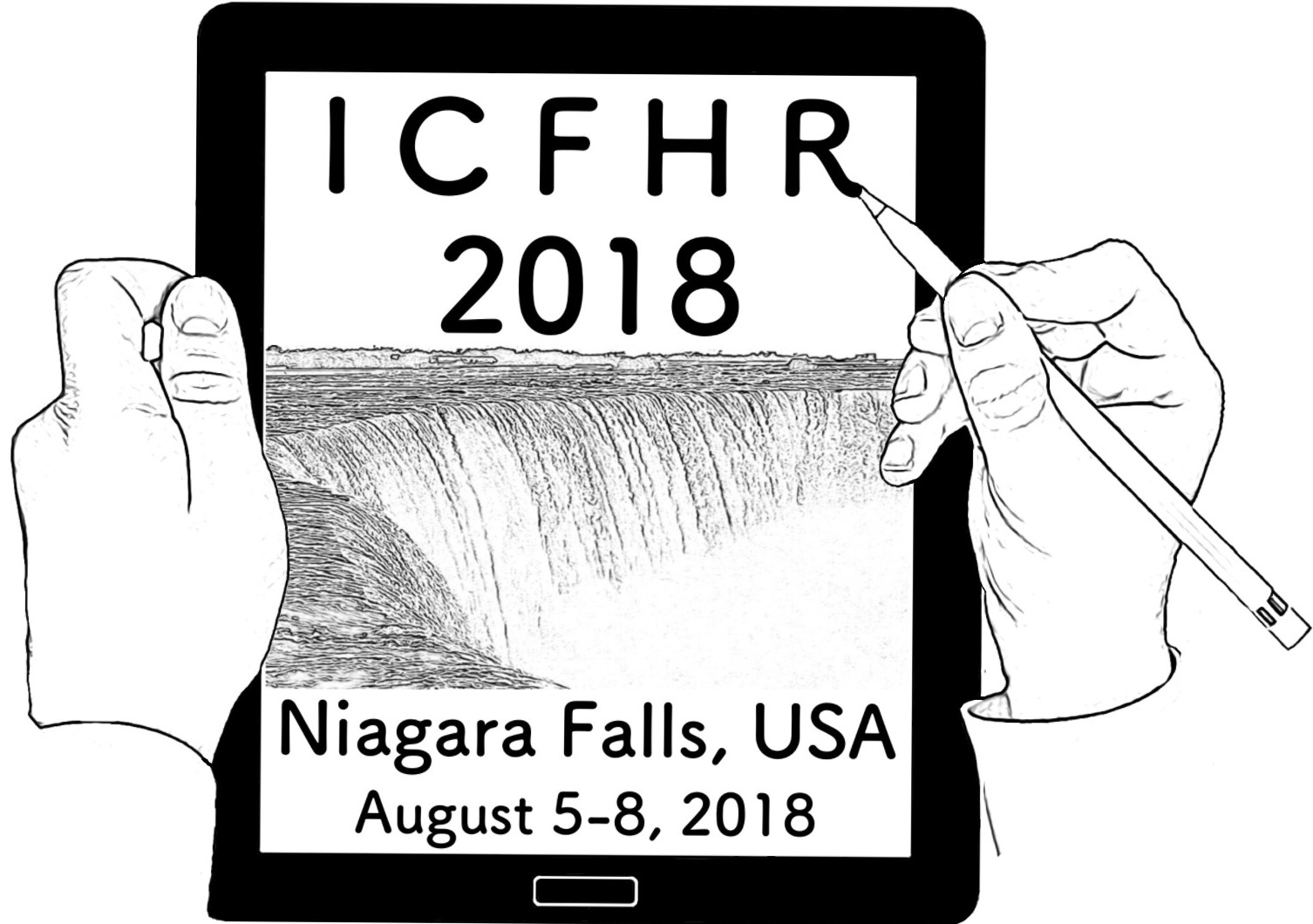
|
The 16th International Conference on
Frontiers in Handwriting Recognition August 5 - 8, 2018 ● Niagara Falls, USA
|

|
The 16th International Conference on
Frontiers in Handwriting Recognition August 5 - 8, 2018 ● Niagara Falls, USA
|
Tutorial: Deep Learning for Word Spotting
Date/Time: Sunday, August 5th, 2018, 1:30pm – 4:30pm
Presented by: Gernot A. Fink
Department of Computer Science, TU Dortmund University, Dortmund, Germany
Contact: Gernot.Fink@udo.edu
-Download Slides Bio sketch: Gernot A. Fink is Professor for Computer Science at TU Dortmund University, Dortmund, Germany, where he heads the Pattern Recognition in Embedded Systems group. His research interests lie in the development and application of pattern recognition methods in the fields of machine perception including speech and image processing, statistical pattern recognition, and handwriting recognition. Dr. Fink has published more than 180 papers in these fields and has been working on various problems in the fields of handwriting recognition and document analysis. Today, his team at TU Dortmund University is among the leading research groups in the field of word spotting.
Target audience: This tutorial is addressed to researchers – both from academia and industry – as well as practitioners in the field of document analysis and recognition. Those unfamiliar with word spotting methods will be introduced to the state-of-the-art techniques in the field. Researchers and practitioners already using word spotting will be able to deepen their knowledge and learn about the latest methods based on deep neural networks.
Course description: Research in building automatic reading systems has made considerable progress since its first inception in the 1960’s. Today, quite mature techniques are available for the automatic recognition of machine-printed text. However, the automatic reading of handwriting is a considerably more challenging task, especially when it comes to historical manuscripts. When current methods for handwriting recognition reach their limits, approaches for so-called word spotting come into play. These can be considered as specialized versions of image retrieval techniques. The most successful methods rely on machine learning methods in order to derive powerful query models for handwriting retrieval.
This tutorial will be organized in two parts: After an introduction to the problem of word spotting and a brief look at the methodological development in the field, the first part will cover classical approaches for learning word spotting models that build on Bag-of-Features (BoF) representations.
In the second part of the tutorial, advanced models for word spotting will be presented that apply techniques of deep learning and, currently, define the state-of-the-art in the field. Therefore, first foundations of neural networks in general and deep architectures in particular will be laid. Recently, the success of such deep networks largely became possible because solutions to the crucial problem of vanishing gradients were proposed. Combining the idea of string embeddings and the application of a unified framework that can be learned in an end-to-end fashion, unprecedented performance on a number of challenging word spotting tasks can be achieved, as has been demonstrated by the PHOCNet.
| 
|